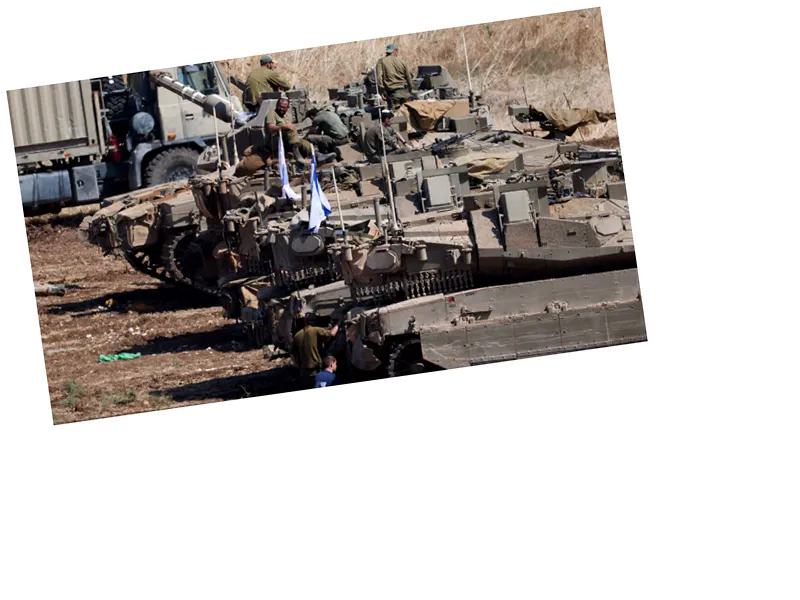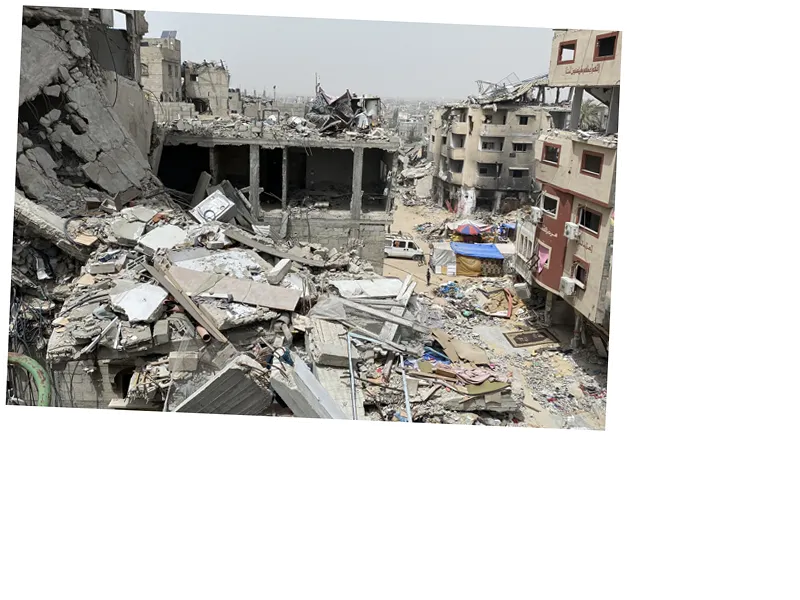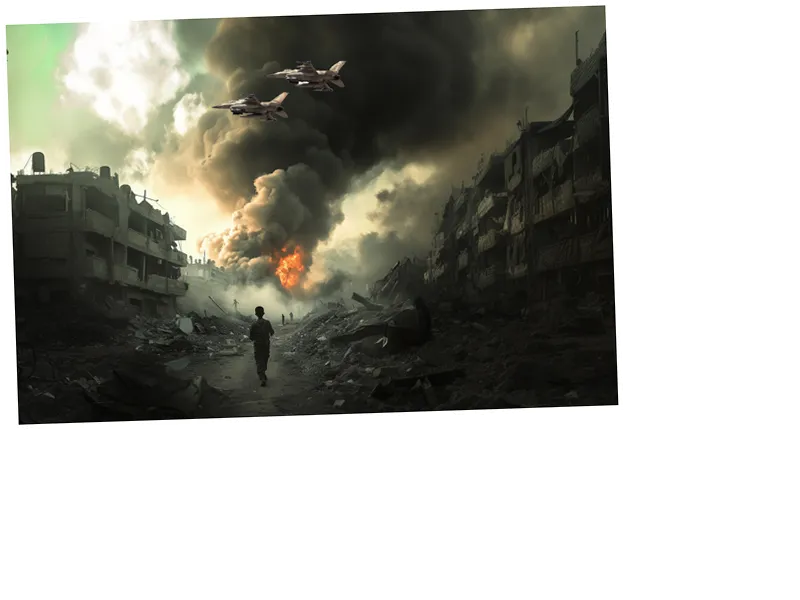The Historical Context of the Gaza Envelope and Its Resistance
The Gaza Envelope, a term denoting the area surrounding the Gaza Strip, has been a focal point of conflict and resistance for decades. This region, which includes military bases and settlements, has witnessed significant military operations aimed at undermining Israeli control. One notable event occurred on June 25, 2006, when fighters from the Izz ad-Din al-Qassam Brigades and other groups executed a surprise attack, marking a pivotal moment in the ongoing struggle against the Israeli military presence. The operation resulted in casualties among Israeli soldiers and highlighted the vulnerability of military positions thought to be secure.
The history of resistance in this area can be traced back to the Nakba of 1948, which saw the division of Palestine and the subsequent establishment of the Gaza Strip under Egyptian administration. Over the years, various Palestinian factions have launched operations from Gaza, targeting Israeli settlements and military installations. The tactics evolved from traditional ground assaults to more sophisticated operations, including the use of tunnels and naval incursions, especially during the Second Intifada and subsequent conflicts. This evolution reflects a strategic shift in the resistance's approach, aiming to penetrate deeper into Israeli territory.
The Evolution of Resistance Tactics and Recent Developments
The resistance's tactics have increasingly included operations behind enemy lines, a strategy that gained momentum after Israel's withdrawal from Gaza in 2005. The Qassam Brigades, in particular, have been at the forefront of this strategy, conducting operations that disrupt the perceived security of Israeli settlements. Significant operations, such as the
Dissipated Illusion
Explosion Warning
Operation Protective Edge
, have demonstrated the capabilities of these groups to engage Israeli forces within their own territory.
The Great Return Marches, initiated in 2018, further exemplified the ongoing struggle for Palestinian rights and the right of return for refugees. These marches not only aimed to break the siege on Gaza but also served to test the defenses of the Israeli military. The events leading up to the recent escalation in October 2023, including skirmishes along the border and the mobilization of resistance factions, indicate a continuation of this long-standing conflict. The recent operations have not only changed the dynamics of the conflict but have also led to significant military and strategic developments on both sides, including Israel's construction of a
smart wall
to counter tunnel threats.
As the situation evolves, the historical context of the Gaza Envelope and the persistent resistance efforts highlight the complexities of the Israeli-Palestinian conflict, underscoring the ongoing struggle for sovereignty and recognition of rights by the Palestinian people.





